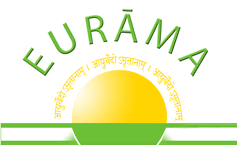 |
 |
 |
News & Media Reports
| WHO traditional medicine strategy: 2014-2023 | |
|
In late 2013 WHO published a Traditional Medicine strategy document for the next 10 years. The WHO Traditional Medicine (TM) Strategy 2014–2023 was developed in response to the World Health Assembly resolution on traditional medicine (WHA62.13). The strategy aims to support Member States in developing proactive policies and implementing action plans that will strengthen the role TM plays in keeping populations healthy. WHO traditional medicine strategy: 2014-2023 (download, pdf) |
 |
© 2008 EURAMA | European Ayurveda Medical Association, all rights reserved.




